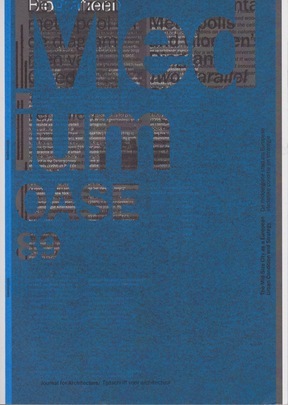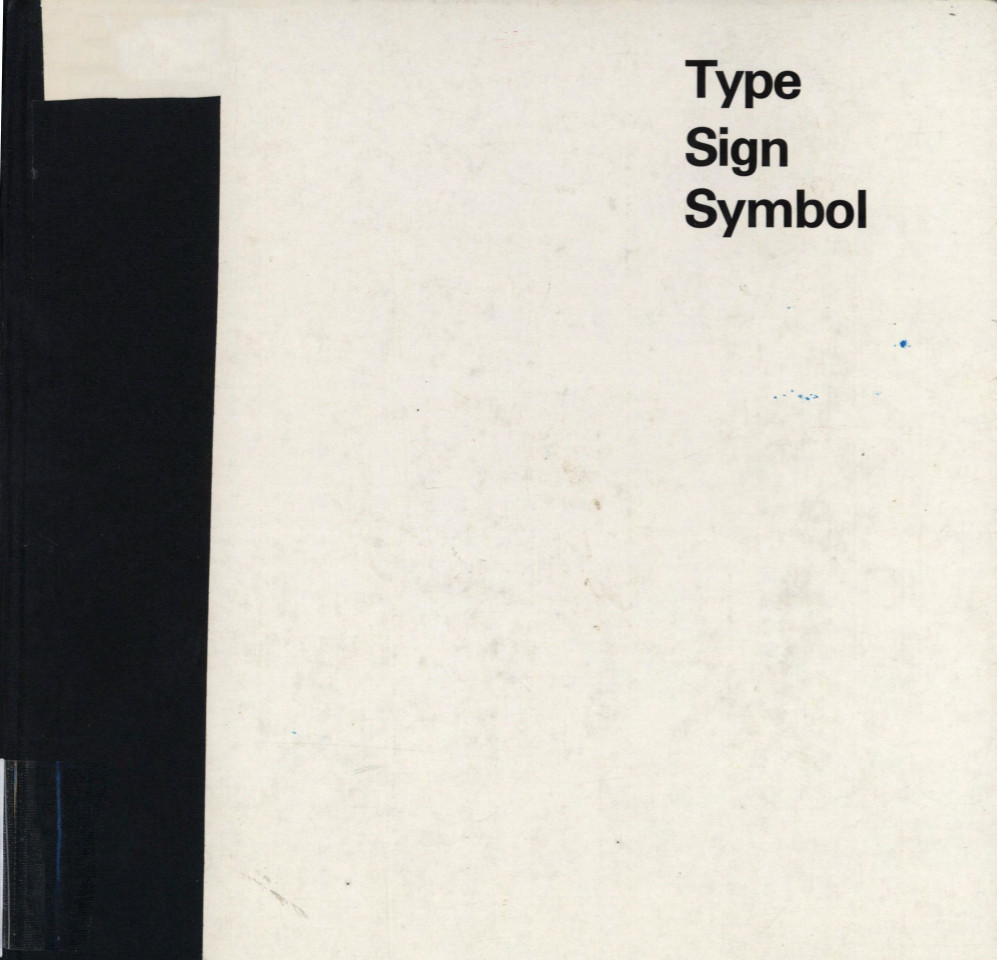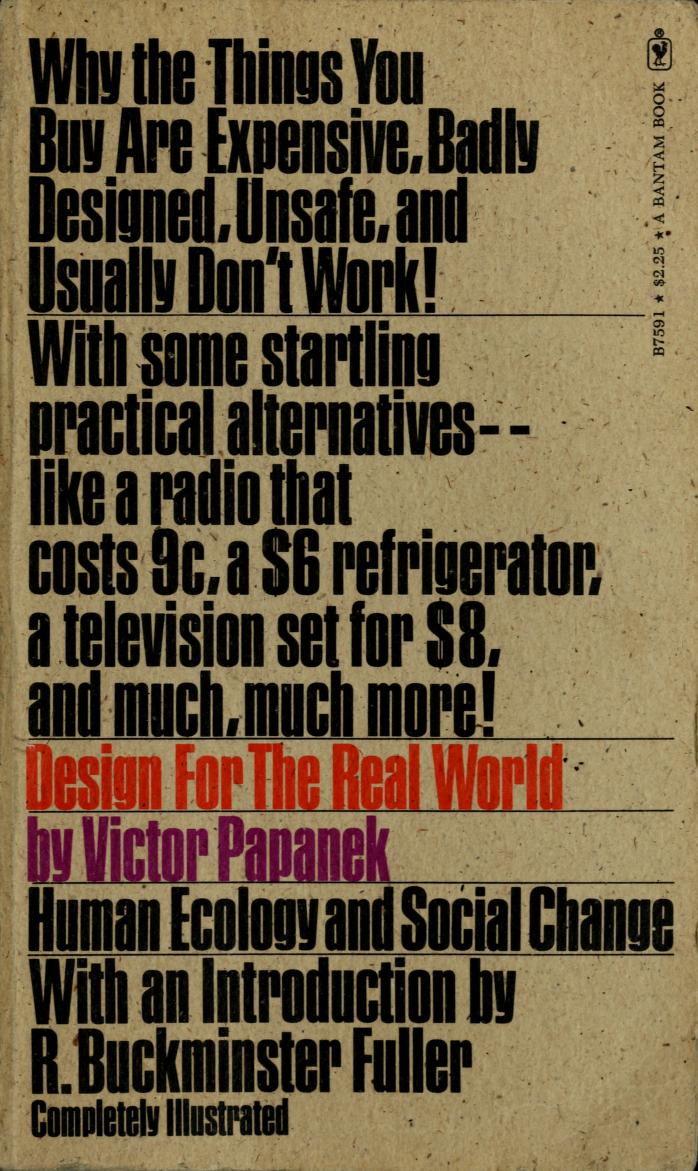OASE Journal for Architecture, Nos. 1–90 (1981-2013) [Dutch/English]
Filed under journal | Tags: · architecture, city, design, history of architecture, space, theory, urbanism


“OASE is an independent, international, peer-reviewed journal for architecture that brings together academic discourse and the sensibilities of design practice. OASE advocates critical reflection in which the architectural project occupies a central position, yet is understood to be embedded in a wider cultural field. Intersections and affinities with other disciplines are explored in order to gain a more profound understanding of the practice and theory of architecture and rearticulate its disciplinary limits. Published three times a year, each OASE provides a rigorous investigation of a specific theme, featuring architecture, urban design and landscape design and insisting on the discussion of the historical and theoretical aspects of contemporary issues.”
Editorial board: Tom Avermaete, David de Bruijn, Job Floris, Christophe van Gerrewey, Christoph Grafe, Klaske Havik, Anne Holtrop, Ruben Molendijk, Bruno Notteboom, Véronique Patteeuw, Hans Teerds, Gus Tielens, Tom Vandeputte
Publisher NAi Publishers, Rotterdam
Open Access
View online (individual articles as JPGs and PDFs; issues 1-44 appeared in Dutch only)
Comment (0)Adrian Frutiger: Type Sign Symbol (1980) [EN/DE/FR]
Filed under book | Tags: · design, graphic design, representation, sign, typography

A comprehensive and important monograph on Swiss graphic designer and typographer, Adrian Frutiger’s lettering and type methods. With contributions by Maurice Besset, Emil Ruder and Hans Rudolf Schneebeli.
Publisher Editions ABC, Zurich, 1980
ISBN 3855040605, 9783855040605
147 pages
PDF (56 MB, no OCR)
See also Frutiger’s Signs and Symbols: Their Design and Meaning, 1978–.
Comment (0)Victor Papanek: Design for the Real World: Human Ecology and Social Change (1972–) [EN, CR, ES, RO, RU, DE]
Filed under book | Tags: · architecture, consumerism, design, diy, environment, ethics, industrial design, recycling

“Design for the Real World has become a classic. Translated into twenty-three languages, it is one of the world’s most widely read books on design and is a required text in many design and architectural schools. Victor Papanek examines the attempts by designers to combat the tawdry, the unsafe, the frivolous, the useless product, once again providing a blueprint for sensible, responsible design in this world which is deficient in resources and energy.”
With an Introduction by R. Buckminster Fuller
Publisher Pantheon Books, 1972
Bantam Books edition, 1973
371 pages
Reviews: Jackson (Journal of Design History, 1993), Johnson (Designophy, n.d.), Jepson (n.d.).
Commentaries: Rawsthorn (The New York Times, 2011), Hawthorne (Metropolis Magazine, 2012).
Design for the Real World (English, 1972/73, 56 MB, no OCR), 2nd edition, revised (1984, 89 MB, via Scribd)
Dizajn za stvarni svijet (Croatian, trans. Branka Đukić, 1973, 10 MB, via Mama)
Diseñar para el mundo real (Spanish, trans. Luis Cortes de Alvaro, 1977, 134 MB, no OCR, via Scribd)
Design pentru lumea reală (Romanian, trans. Florentina Badea and Cornelia Stănescu, 1997, 51 MB, via Scribd)
Дизайн для реального мира (Russian, trans. Galin Severskoy, 2004)
Design für die reale Welt (German, trans. Elisabeth Frank-Großebner, 2009, 8 MB)
See also Bisociation Tool – Victor Papanek’s “Paper Computer”, 2004.
Comment (0)
